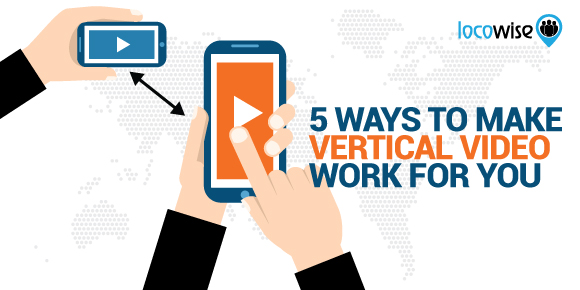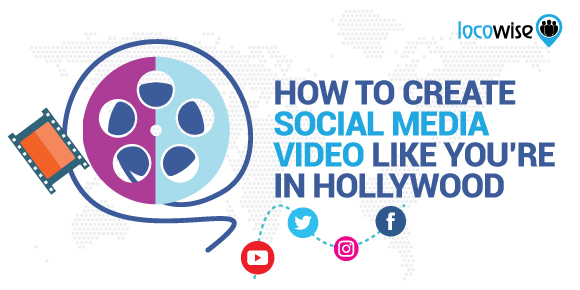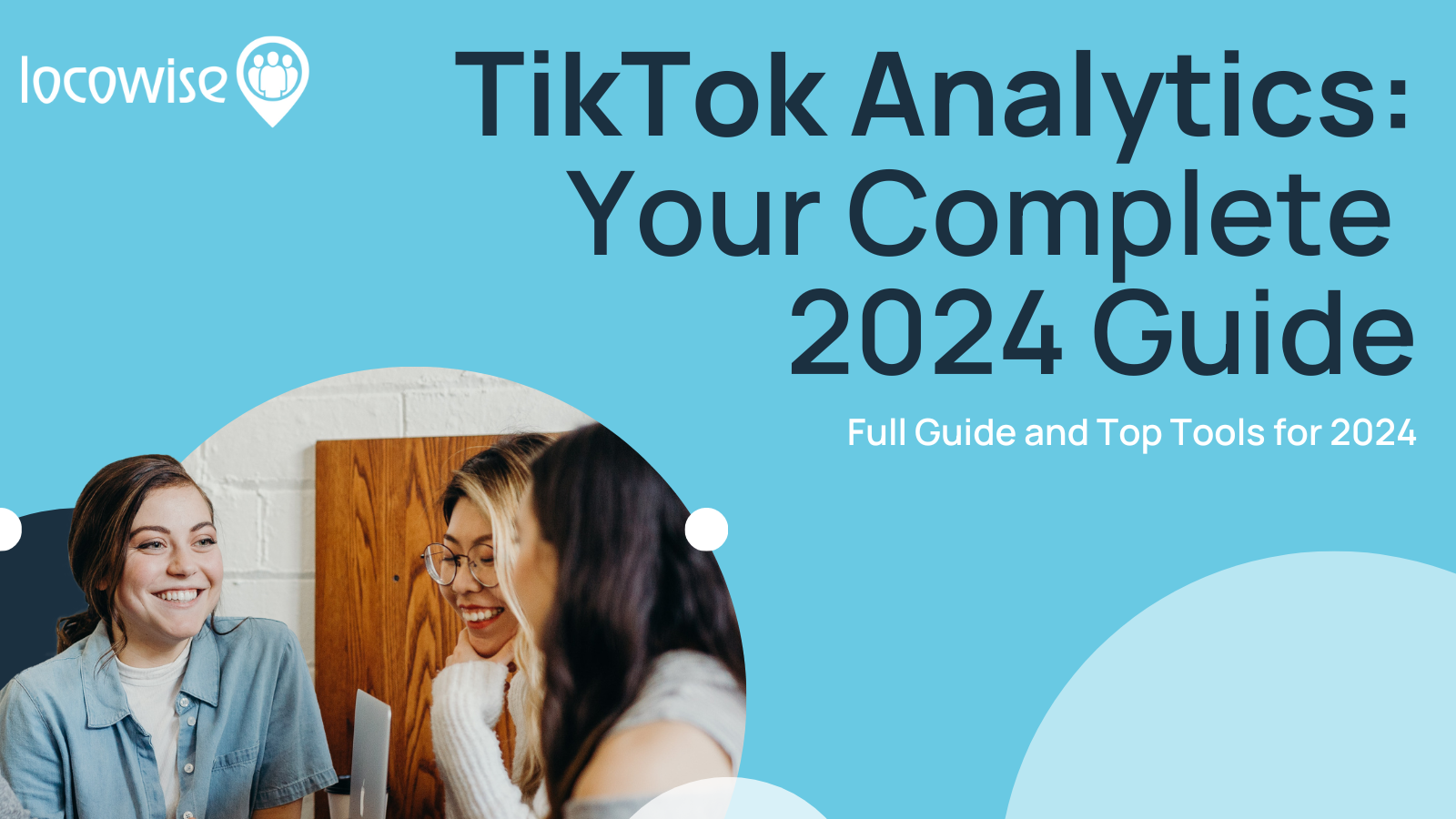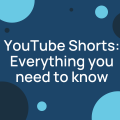5 Ways To Make Vertical Video Work For You
Sahail Ashraf posted on 4 August 2017
Vertical video.
Now that’s a phrase that you don’t hear very often. The two words that until very recently symbolised an outdated view of how to manage video online. Marketers would hear the two words and laugh, or at the very least pretend they didn’t hear them.
Video has been traditionally horizontal or ‘landscape’. This is because people like watching movies in landscape, and it wasn’t until mobile social media became huge that marketers finally realised that vertical video is not only a powerful weapon in your marketing arsenal, it is even a preferred approach for some large brands.

If you’re not investing in creating good vertical video, there could be a problem. The biggest misconception among marketers was that mobile users would rather turn their phones ninety degrees than watch a vertical. But that is no longer true.
‘Why vertical videos are bad’
Okay, this is an old Gizmodo article, but it just shows how the general online marketing and entertainment community thought vertical video was a huge mistake.
It is even compared to using a tablet for a camera in this article. But things have changed. Now, the ‘pillarbox’ feel anxiety has vanished, and people are turning to vertical video with a vengeance. The old complaint is that vertical looked bad, and it was so much easier to turn the phone sideways and get a clear and full picture.
Now phones (and let’s be honest, that’s how much of the world accesses social media) are used vertically most of the time. People simply don’t have the attention span required to turn their phone sideways and settle into a video. Snapchat, for example, wouldn’t be what it is without vertical video. And neither would Instagram.
But that doesn’t mean that shooting vertical video is easy. Take a look at the following tips to help you grab five quick and easy wins with vertical.
Keep it short, real short
Videos never really need to be too long on social media anyway, but a short vertical video will win over everything else nine times out of ten.
Basically, if you have a number of short videos that are vertical, they can be viewed quickly and easily by your audience. This is easy and practical, and it fits in with the Snapchat and Instagram crowd, who want something quick that diverts their attention.
With brands, it’s about taking the message and breaking it down (into multiple short videos) or making your message last a short amount of time. We think anything over ten seconds (the Snapchat effect?) is too long. Short and vertical is what works.

Make it original
Vertical video is not necessarily easy to create. If it was then everyone would be winning awards with it. But if you go down the wrong path and try and palm off some old content from YouTube (yes, people do this) which has obviously been created for a different aspect ratio, your audience will notice.
With your creatives, work on making video that allows a quick, focused piece of content to have maximum impact. YouTube has come a long way, but it is a landscape phenomenon. So don’t create for YouTube.
With your new approach to short and snappy video, make sure that you don’t get into the mindset of the old horizontal video work. You can’t cram the screen with too much incidental content.
It’s tight and focused. That’s why you see a lot of vertical product videos just containing the product, there’s no space for anything else.
So make your vertical content new and fresh, not a rehash.

Use text like you know you should
And that is sparingly. At the same time, text really does belong on a vertical video because it ensures viewers get the ‘book page’ feel. Make sure the text is centred, and that this isn’t a problem for viewers.
When it comes to the video and how it is presented, don’t be afraid to include captions that carry dialogue and description. Most people will come across your video first while on the commute, where silence is important socially. Captions ensure the message comes across easily.
Grab the Influencer
Find influencers and use their reach to boost your vertical video efforts. Right now, using influencers to make an impact and find new audiences is perhaps the best way to get more for your ROI. There is a ton of information out there on influencers and how you can get them on board.
Naturally, if you are looking to gain a hold in the vertical market, find influencers who are making waves (not too big due to costs) on platforms that thrive on vertical. Then get your strategy in place and start approaching influencers.
The influencer phenomenon is not going away, and many brands are making a massive impact with them. And because there are so many new influencers that are specific to vertical platforms such as Snapchat, it’s an obvious way to get ahead.

Get up close and personal
Getting really close to your subject enhances impact. Of course, this is best for products and models, but the closer you can get the more defined the experience will be.
This means that viewers will see high quality images and have no other place to look on the screen. If your product is not photogenic, use different angles or even another way (such as animation) to get the message across. And yes, you can do close ups with animation.
And while we are on getting up close, one of the key tips when it comes to shooting vertical is to literally search for vertical elements in the scene you are trying to capture. A tall vehicle or side of a building makes vertical video more engaging.
What does vertical look like right now?
Take a look at this example of a user experience with vertical video ads. You’ll notice that every millimetre of the screen’s real estate is used and there is no fluff as regards visuals anywhere.
And if you take a look at this example as well, you can see that vertical video can be vibrant, colourful, and have plenty going on.
Do you want to get your hands on the very best metrics available? Locowise has the answer, with attractive charts and social media support and data, it’s incredible. Click on the link here for your free 7 day trial.




